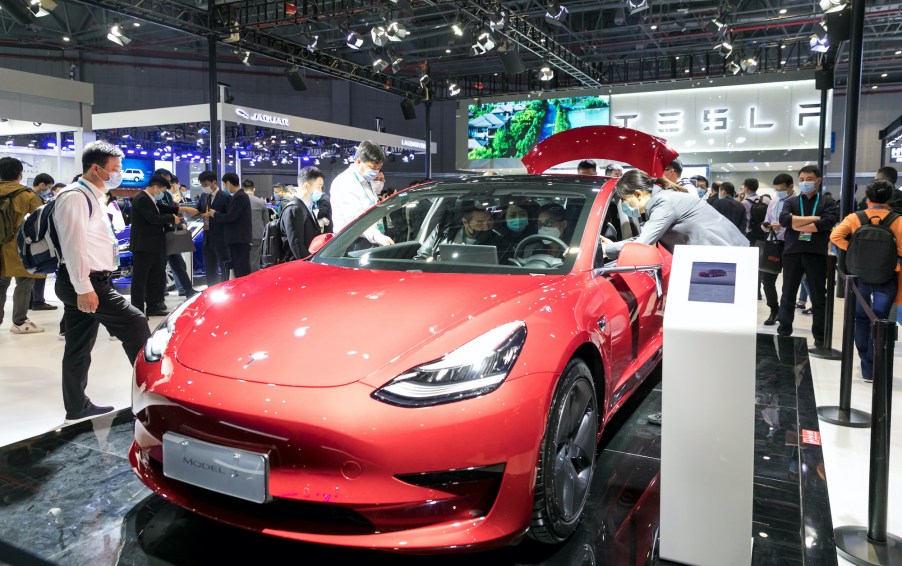
Early Tesla Model 3 Problems Didn’t End up Being a Big Deal
Tesla might be the only car company put under the type of scrutiny that’s typically reserved for artists and athletes. When the Tesla Model 3 was still being developed, a bevy of problems with its design took over the internet and caused people to question its integrity on the market. Now a reality, however, it would appear as though those problems went to the wayside.
The Tesla Model 3
The midsize Tesla Model 3 continues the company’s commitment to providing environmentally conscious cars that also appease a technology-driven consumer market. With an electric engine and smooth transition, Tesla offers a vehicle that often seems too good to be true on paper. With excellent battery life, no fuel costs, and a unique, slick design that gives it a unique look out on the street, car fans anticipated every new announcement that the company had to offer.
It’s a small car that packs a punch and offers an impressive amount of space for its build. Furthermore, while the cars might cost around $50,000 for the models with longer range, they are among the greenest vehicles on the planet. Tesla has developed a cult-like following of people who live, eat, and breathe new announcements and drops, but leading up to the Model 3, many wondered if this goodwill would soon run out.
Early problems with the Tesla Model 3
Tesla doesn’t operate like a typical car company. Existing in an area that combines gearheads’ automotive passion with a Silicon Valley mindset more akin to Apple, its process takes longer than many other car companies. As such, every new announcement, feature, and bug will get a little bit more attention than the average car company.
According to Zachary Shahan of Clean Technica, the Tesla Model 3 was no exception. With every new announcement from Elon Musk and company, a wave of problems hit the production line. One of the first red flags in the eye of many was the lack of a traditional speedometer. Instead, the company put nearly all of the dashboard staples onto a touchscreen that many worried would distract.
Second, people were nervous that the car would have a trunk instead of a traditional Tesla hatchback. It was so intense, however, that some claimed that they wouldn’t purchase the vehicle. From issues with the seats to complaints about the panel system, everyone had opinions about Tesla, whether they were buying one or not.
Many of these complaints were valid. However, with the vehicle long into its time on the market, some complaints appear to have been overblown.
Were critics overreacting?
While Shahan pointed out all the problems that people expected with the new Tesla, his article’s point wasn’t that they ended up mattering. Quite the opposite was true. Despite three years of endless backlash with every new announcement, the car was a hit and continues to be so to this day. When a company reaches the level that Tesla reaches, the expectations are lofty.
Add that to how Musk can often sell both his products and his company, and anything less than perfection will likely lead to overreactions of the highest level. The trunks were big enough for most needs, the paneling was little that the average car fan cares about, and the touchscreen speedometer appeared to be a case of people just needing to experience it themselves.
The Tesla Model 3 is one of the hottest cars on the market. Despite some valid criticisms about its performance, the car is a hit. However, it just goes to show that only because somebody has concerns about a product, they aren’t necessarily going to be a big deal afterward.


